Logo and Brand Creation
Sections
Goal
The goal here was to use generative AI to create logos and brand assets for the project. The idea was to generate a brand name using text prompts and then select one name to generate a logo and other assets.
Brand Name Generation
For the initial brand name ChatGPT was used to come up with a selection of names with the criteria being an application which allows for customization of properties for a 3D virtual room.
From the available results "SurfaceStudio" was chosen.
Image Generation
For image generation Microsoft Image Creator was used. This was to see what kinds of results were possible when compared to tools such as Adobe Firefly.
At time of writing Image Creator uses DALL-E 3.
The set up for Bing uses gamification in it's ecosystem with a "rewards" system based on accumulating virtual "points". These "points" can then be used to make generation go "faster". This has the negative implication that the service is otherwise inheritely "slow". The reasoning for this appears to be to encourage people to use the Bing search engine (and Bing AI), as well as other Microsoft products.
On the initial screen much of the imagery presented is very generic with the standard "AI look"
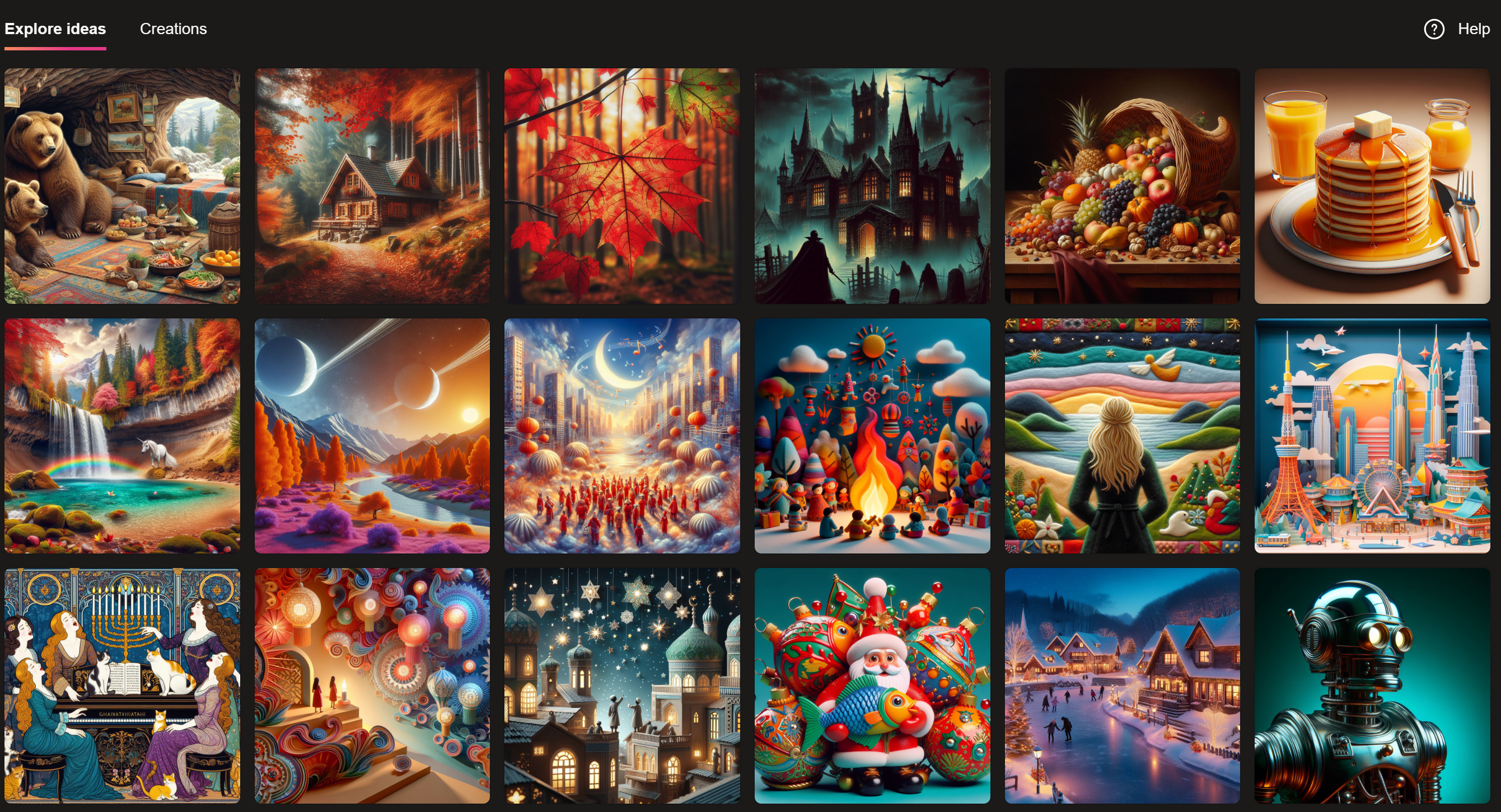 .
.
The initial impressions for image generation are:
- The default generation (without using "points") is quite slow
- It is possible to fail to produce outputs with unrelated material generated.
- There is no concept of refining existing images generated via a series of prompts. You must re-edit an existing prompt. Different prompts appear to have no correlation with each other.
- Images can be downloaded at a resolution of: 1K x 1K.
- As with Adobe Firefly it is still either not able or does not try to produce exact text. This is a problematic as the aim is to produce logos and branding with specific names. Single letter creation fairs better as does the generation of "hands" with the correct number of fingers.
Image Creator + Designer Prompts
The following are some additional results from using text-to-image generation with Image Creator which can then be optionally modified with Image Designer.
| Creator Interface | Designer Interface |
|---|---|
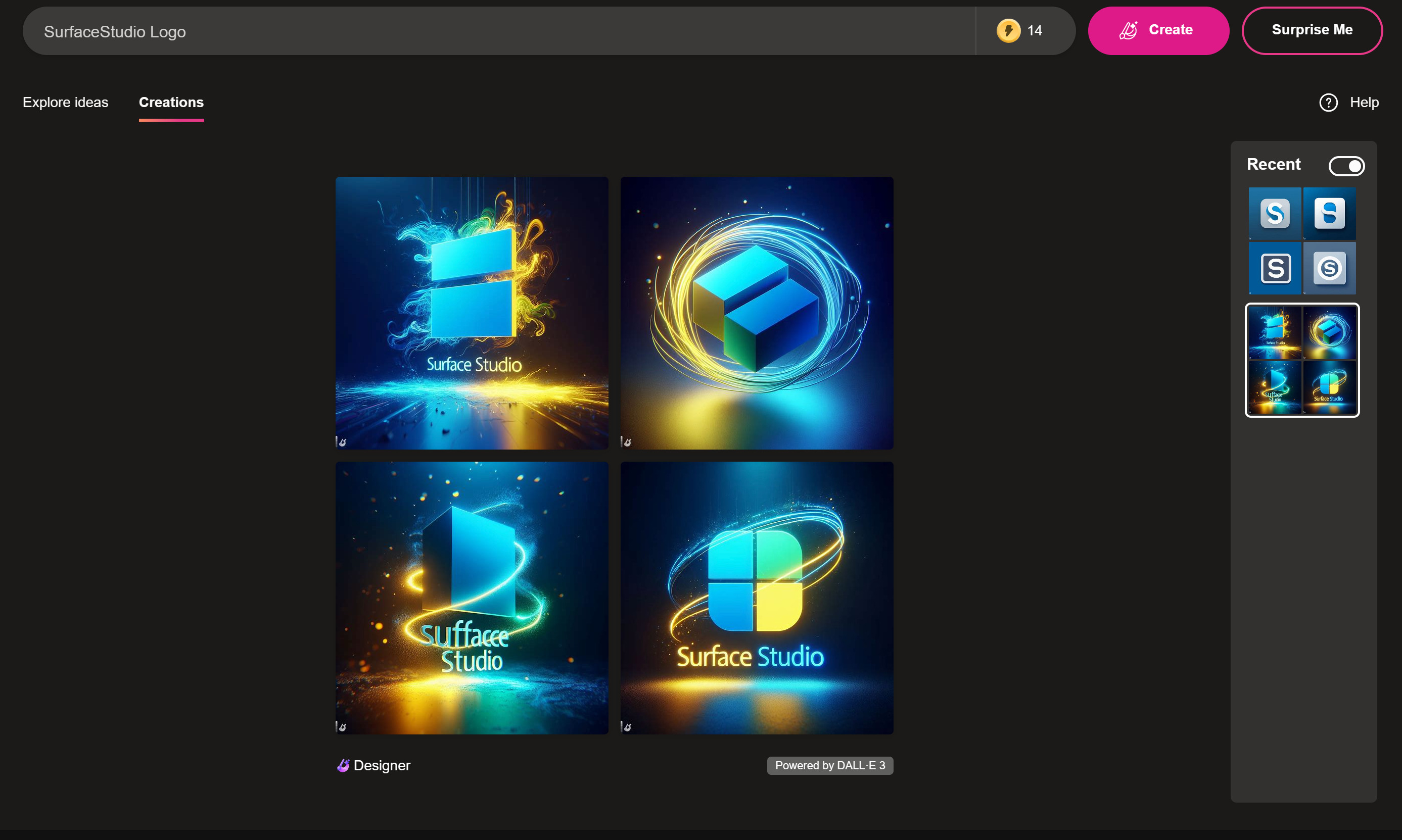 |
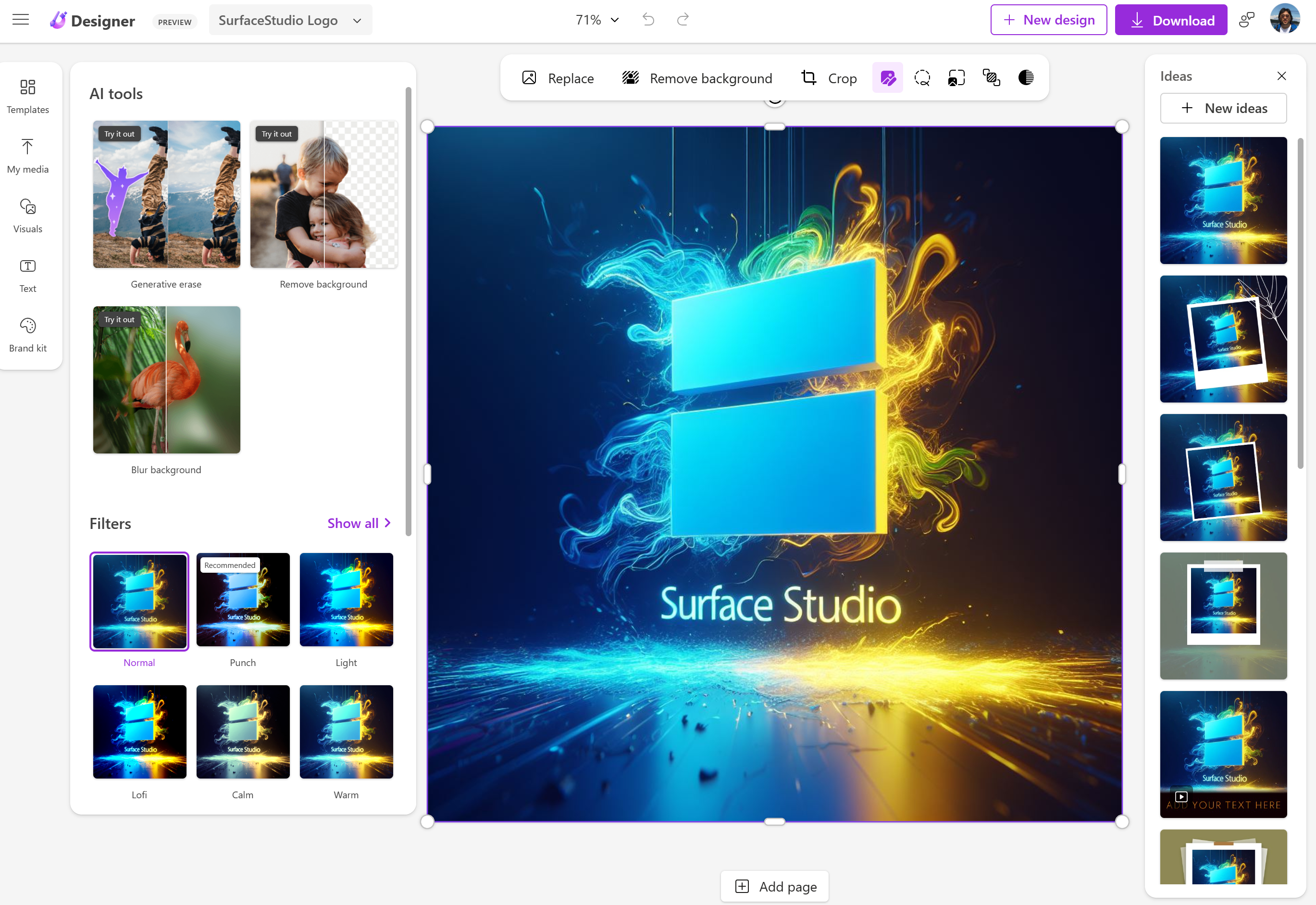 |
In the following set of results, various styles were attempted with keywords used being: "2D" vs "3D", "Surface", "Studio", "logo", "icon", "brand", "illustration", "orthographic", "color", "palette".
Even with explicit attempts to create proper text, for the most part the results for generated text are poor. This was the case when asked to explicitly generate a specific set of characters.
The results for generating anatomy such as "hands" were fairly accurate.
 |
 |
 |
 |
 |
 |
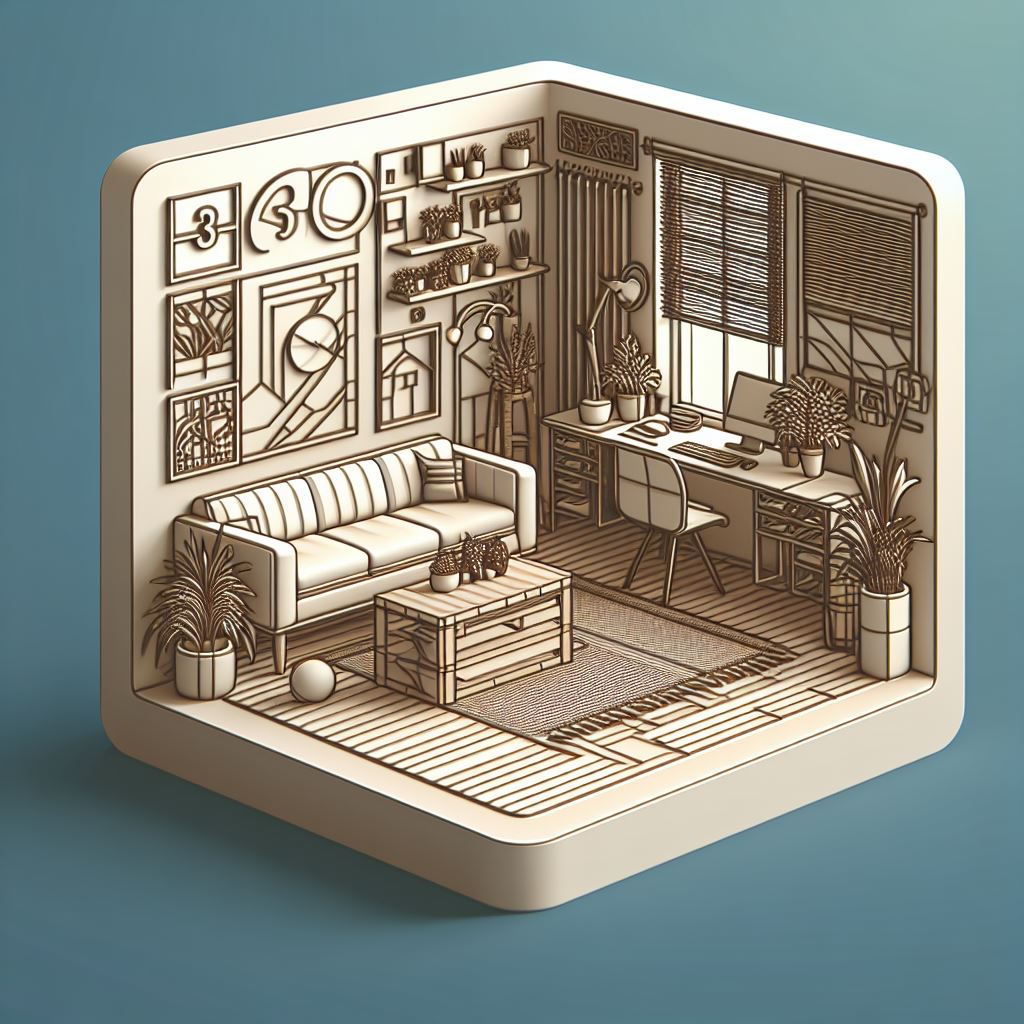 |
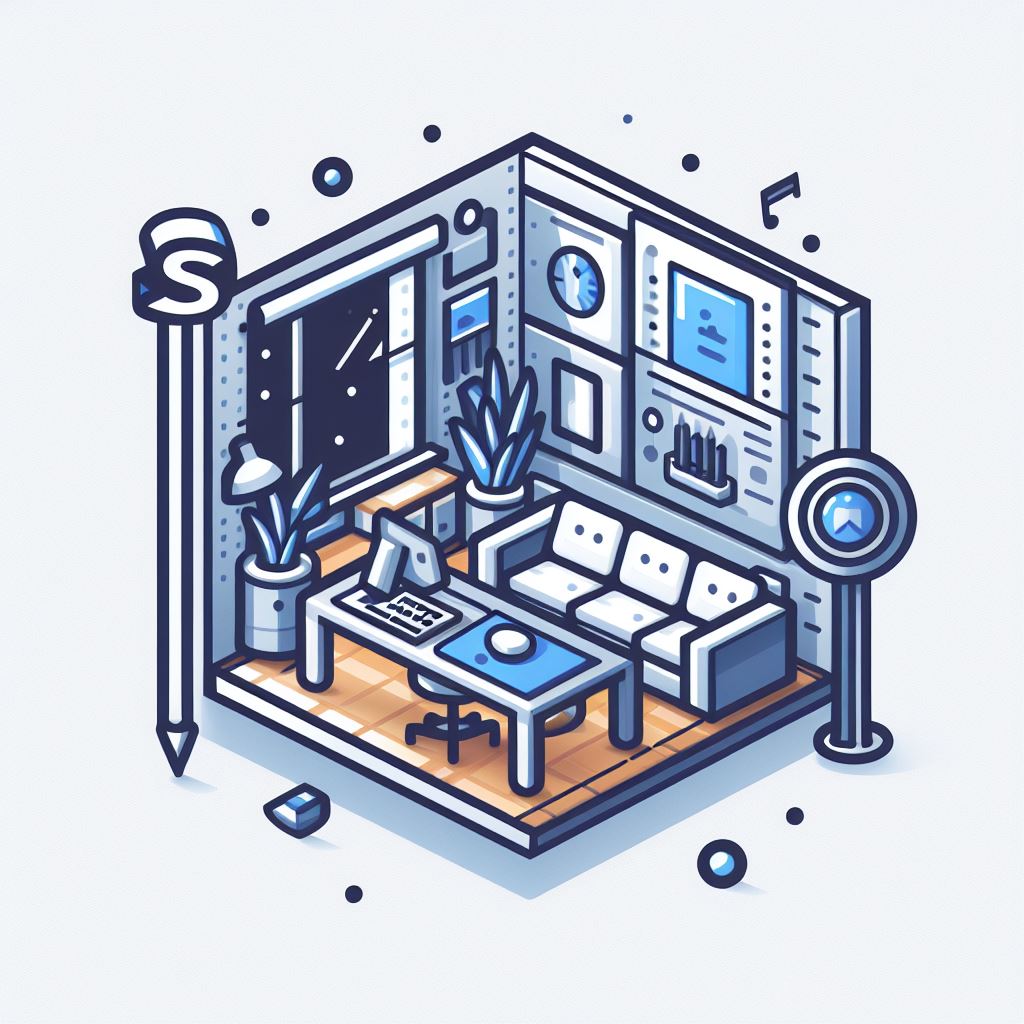 |
Vectorization
There is no facility to generate any vector based graphics such as available with Illustrator, or Vectorizer AI.
One example of Image Generator results is shown below. The upper left image was used as input for vectorization.
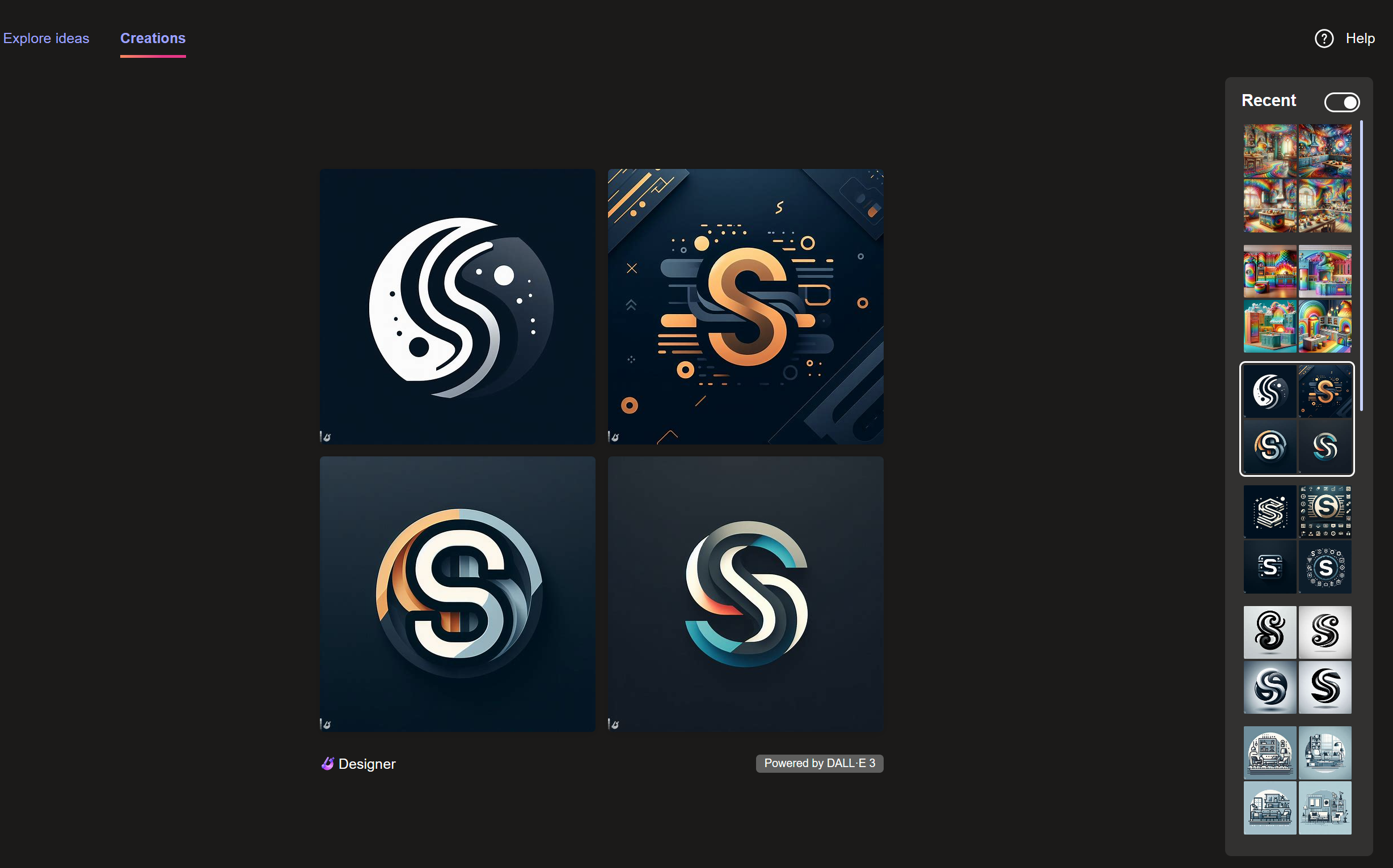
Adobe Illustrator Test
Adobe Illustrator's "image trace" tool with the "expand" option was used to vectorize the result of Image Generator. The "expanded" option performs the conversion from a bitmap image to SVG format. The output of the conversion can be adjusted to control options such as the number of output colors. For the example below the default settings were used.
While the gradient shading is captured quite well, this results in a large number of paths being produced which may be undesired for conversion to a 3D model. The paths were also quite "jagged" as shown on the image on the right which shows the path outlines.
| Original Image | Traced Image |
|---|---|
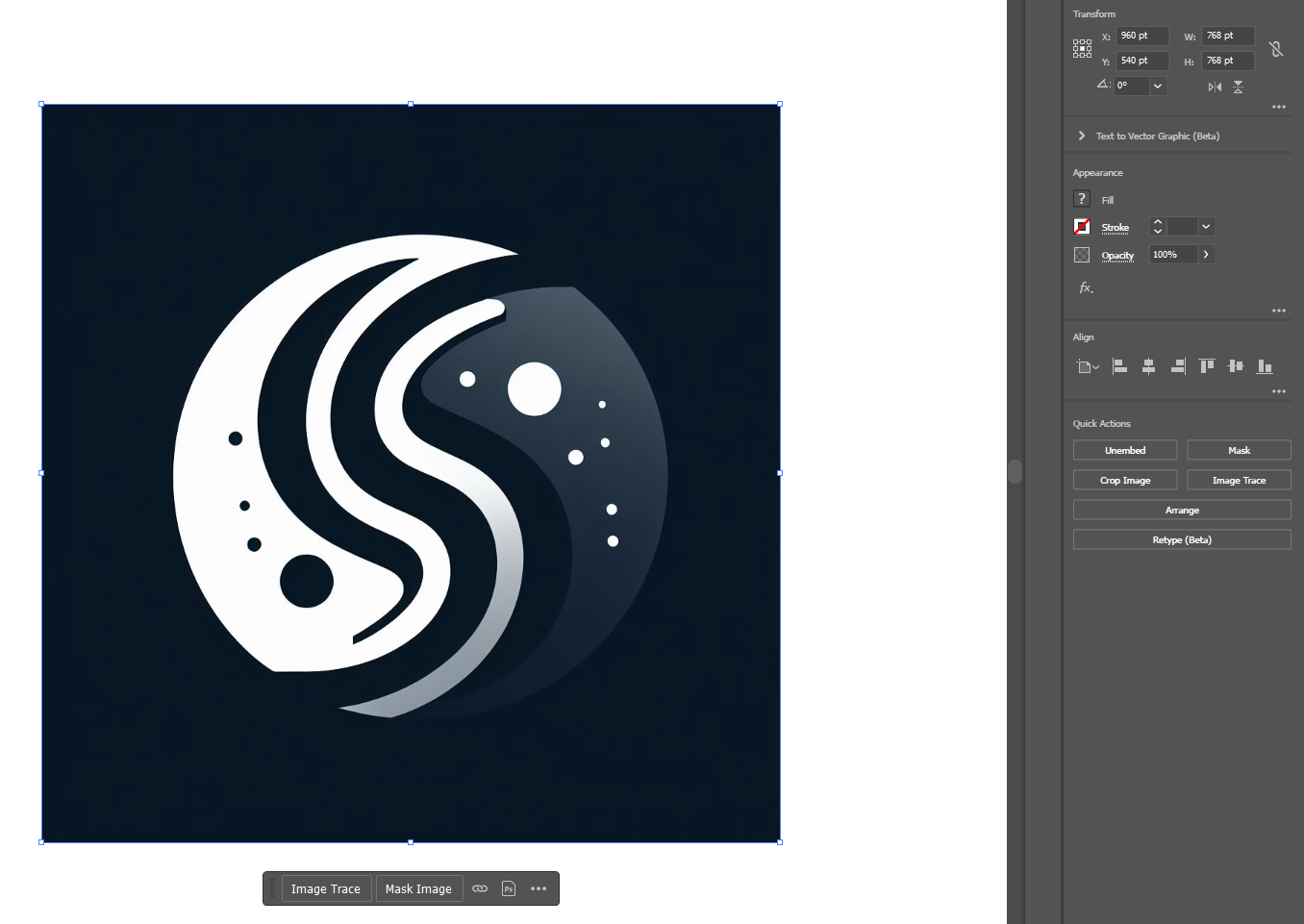 |
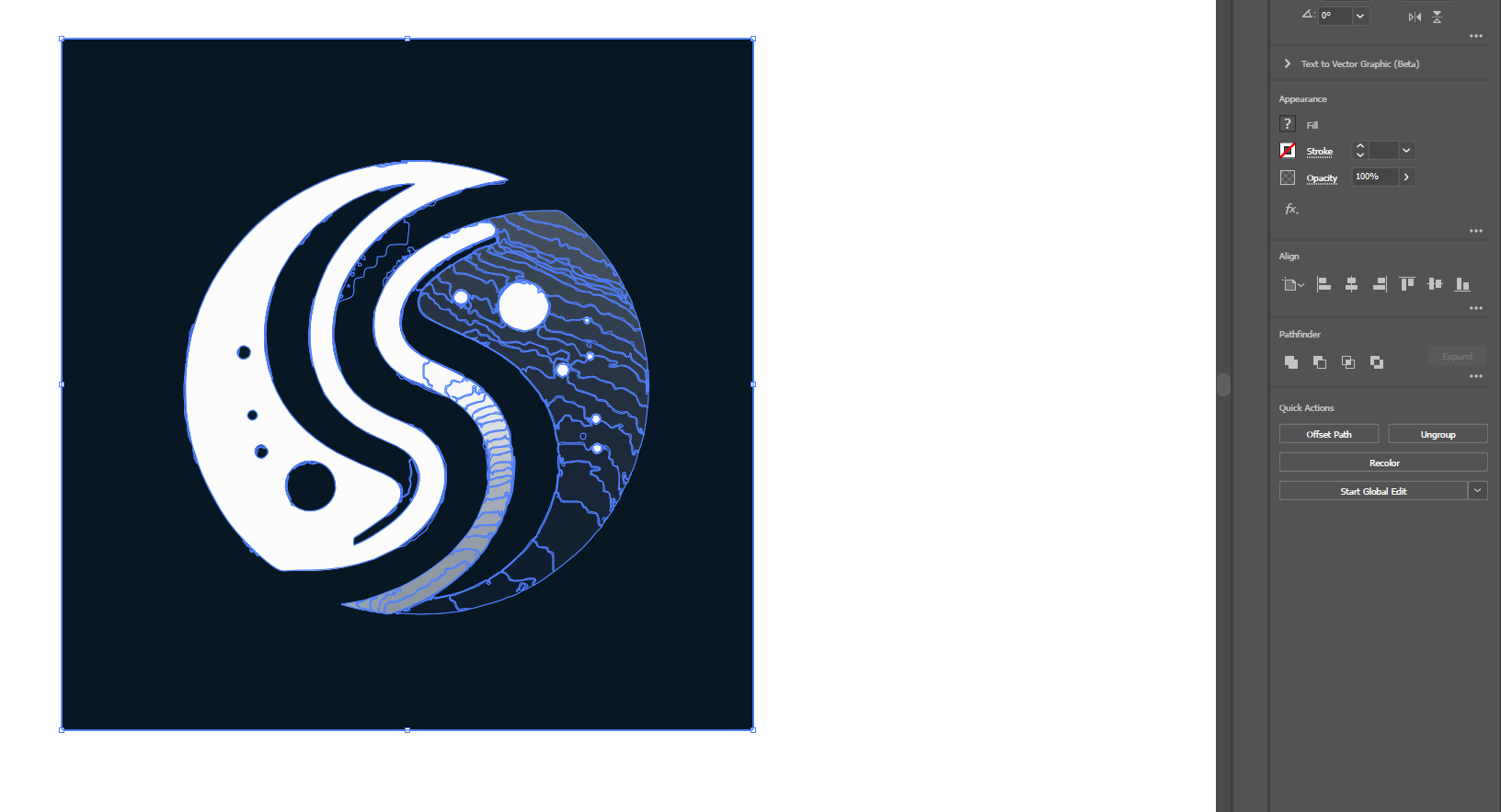 |
After generation the background can be removed and extranous paths removed as shown on the left. The final saved result is shown on the middle. The original Image Generator output on the right.
| Background Removed | Final SVG | Bitmap Image |
|---|---|---|
 |
 |
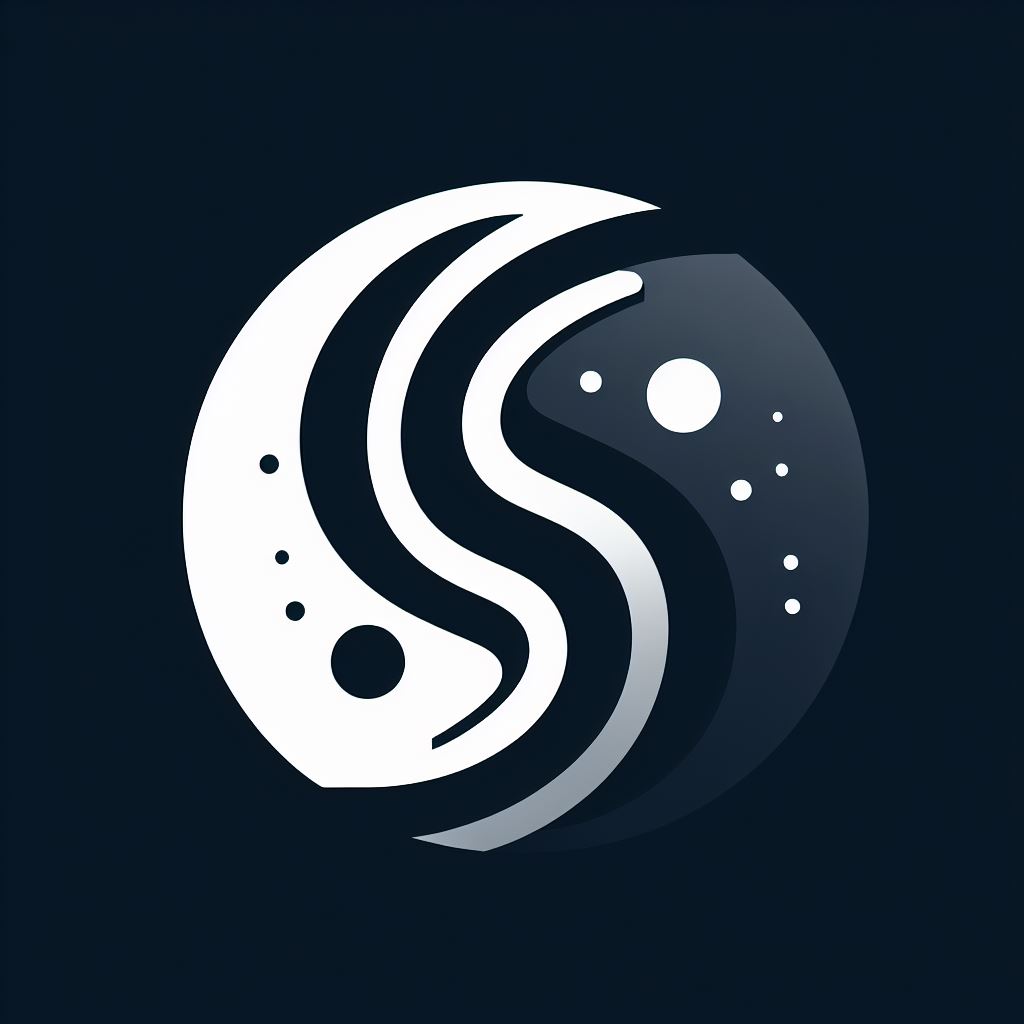 |
Vectorizer AI Test
For comparison the Beta version of Vectorizer was used to produce an SVG output. There are a number of output options available. There appears to be no control over the number colors, nor background removal. It has the convenience to show the original and the resulting SVG side by side though there are no comparison tools.
| Generation Comparison | Download Options |
|---|---|
 |
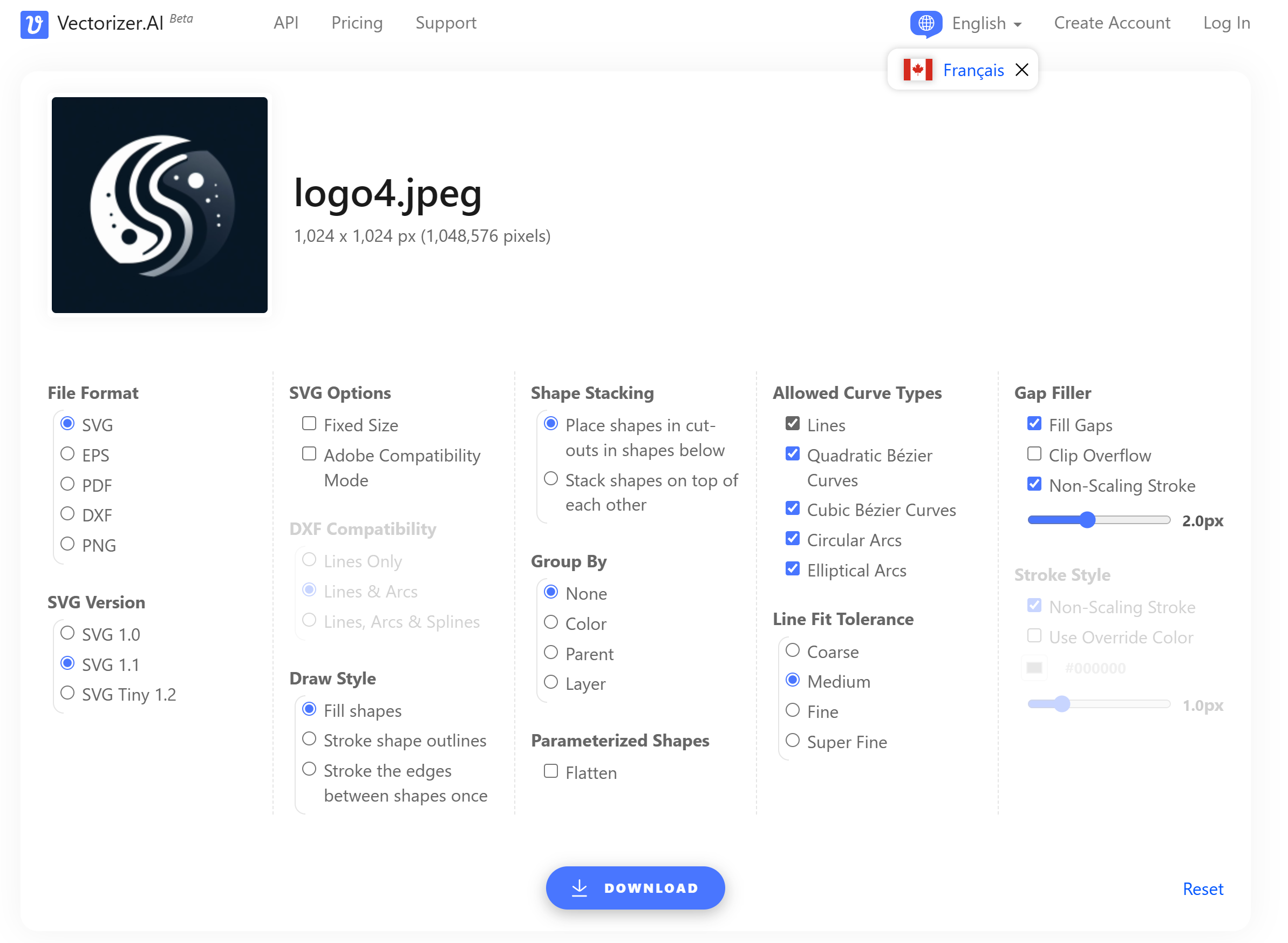 |
The results of generation are shown below. The first image is the Vectorizer AI output, and the second is the original Image Generator output. Note that there is the option to be "Adobe" compatible which was used here.
| Final SVG | Bitmap Image |
|---|---|
 |
 |
Adobe Express Test
Trying the free version of Adobe Express, the results were not as good as Vectorizer AI. The results are shown below wherein it appears that only monotone vectorization is available resulting in issues with incorrect interpretation of the background as well as the gradients in the image.
| Generated Image | Interface + Generated Vector Graphics |
|---|---|
 |
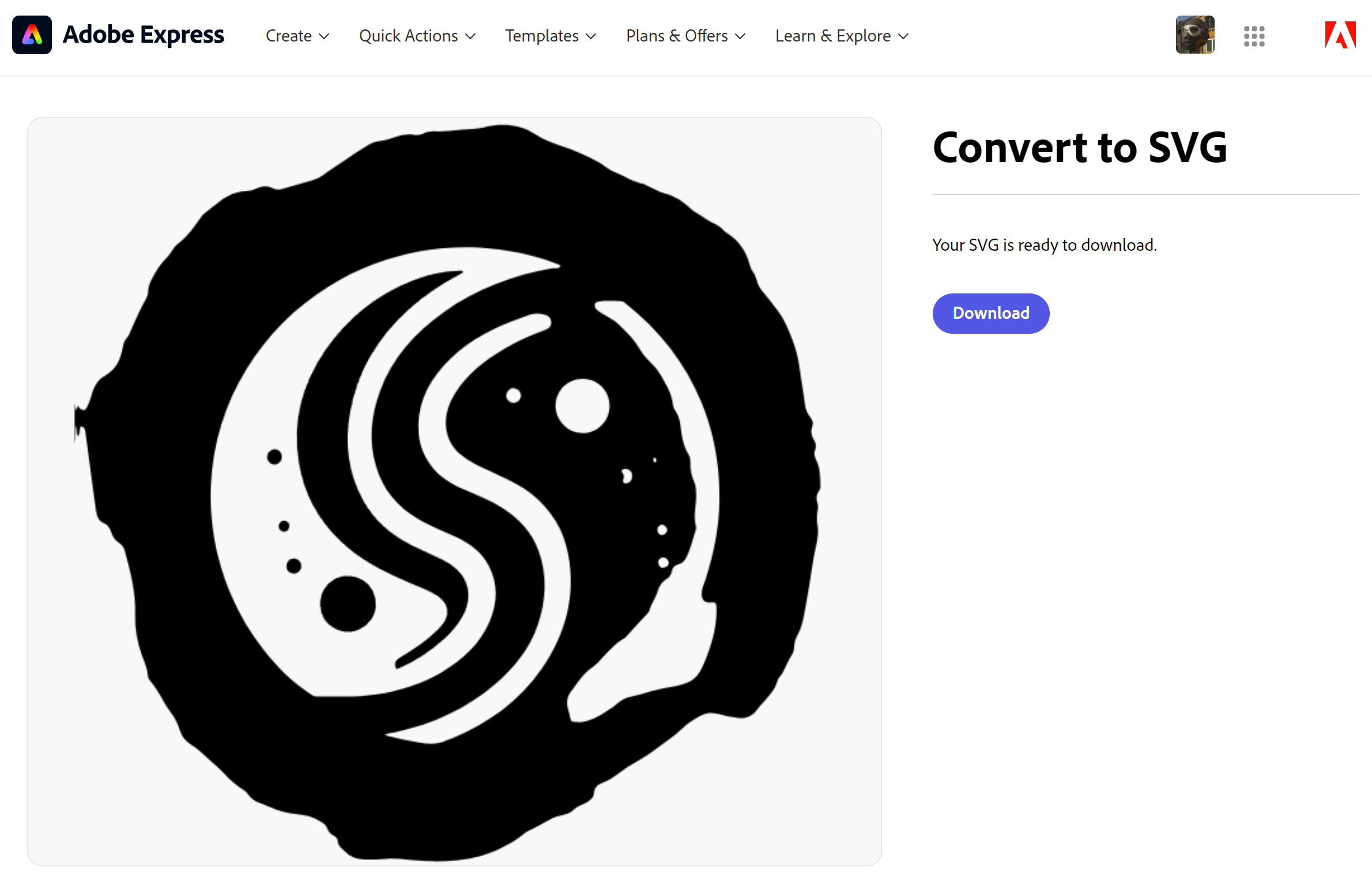 |
Interestingly it appears to perform better with more detailed images such as the following:
| Generated Image | Generated Vector Graphics |
|---|---|
 |
3D Logo Generation
To generate 3D versions of logos, a custom script was used to load an SVG file into Blender to create 3D extruded meshes which were then exported to glTF format. An example of the results is shown below.
Interesting notes include:
- The boundaries of the paths as well as the filled sections are described in the SVG file resulting in overlapping geometry which is quite obvious in 3D though not noticeable in 2D. The extraneous geometry was removed in Blender.
- The background was a filled rectangle which was also removed in Blender as the background is not part of the logo.
The results are shown below using the Google model-viewer component.